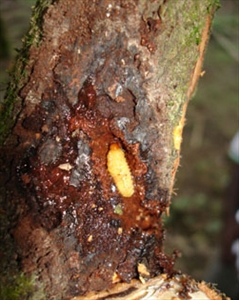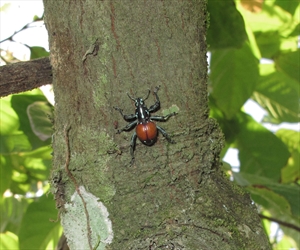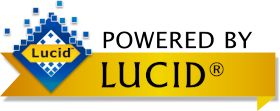- Narrow distribution. Indonesia, Papua New Guinea, Philippines, Solomon Islands. On cocoa and several commercial forest trees, e.g., Eucalyptus and Terminalia.
- Eggs (2 mm) laid singly in cracks in trunk and branches; larvae bore into tree (3-9 months), then pupate; adults (1.5 mm long) without wings, feed on flowers, bark, surface of pods.
- Larvae cause dieback, and allow entry of e.g., Phytophthora (causing cankers) and termites.
- Cultural control: handpick in middle of day when weevils come down from the top of the canopy; inspect for tunnels, using wire to kill larvae; use coconuts for shade (possibly, ants reduce weevil numbers).
- Chemical control: mix acephate, white oil, metalaxyl (or phosphorus acid) and brush into holes; repeat after 2 weeks.








